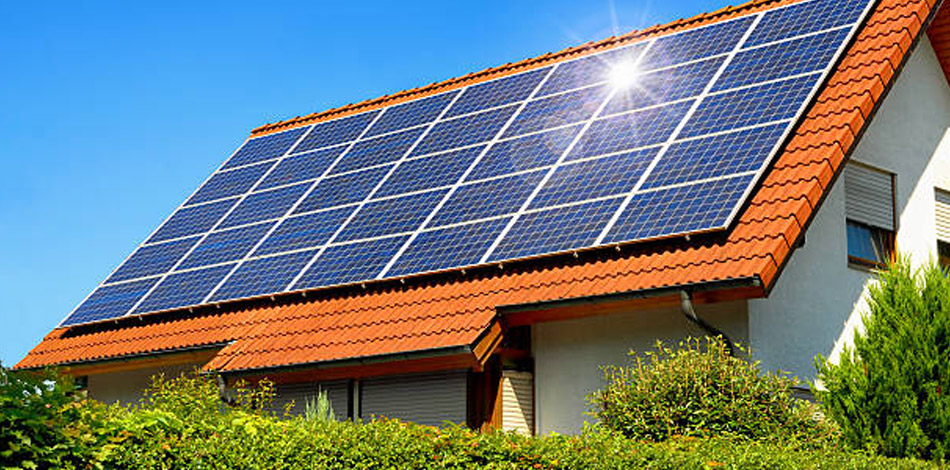Thailand’s abundant sunshine makes it an ideal location for solar energy adoption. With average daily sunshine hours ranging from 4.5 to 6.5 hours throughout the year, homeowners and businesses across the kingdom have tremendous potential to reduce their electricity bills through rooftop solar systems. The tropical climate provides consistent solar radiation, making the investment in renewable energy particularly attractive for Thai property owners.
The process of solar installation has become increasingly streamlined in Thailand, with government policies supporting renewable energy adoption. Local authorities have simplified permitting procedures, whilst the Metropolitan Electricity Authority and Provincial Electricity Authority offer net metering programmes that allow excess energy to be fed back into the grid. These initiatives have made transitioning to solar power both practical and financially rewarding for Thai consumers.
Understanding your energy consumption patterns is essential before implementing a solar rooftop system. Thai households typically see peak electricity usage during afternoon hours due to air conditioning demands. Solar panels produce maximum output during these same hours, creating perfect alignment between energy generation and consumption needs.
System sizing plays a vital role in maximising energy savings. A properly sized system should cover 80-100% of your annual electricity consumption. In Thailand, a typical residential installation ranges from 3kW to 10kW, depending on household size and energy usage patterns. Oversizing can be beneficial given Thailand’s net metering policies, allowing you to generate credits during low-consumption periods.
Panel orientation and tilt angle significantly impact energy production in Thailand’s equatorial location. South-facing installations with a 15-degree tilt typically yield optimal results, though east-west orientations can also be effective for properties with afternoon shading issues. Regular cleaning becomes particularly important in Thailand’s dusty environment, as accumulated dirt can reduce panel efficiency by up to 20%.
Battery storage systems are gaining popularity among Thai consumers, particularly in areas experiencing occasional power outages. Whilst adding initial costs, batteries provide energy independence and can maximise self-consumption rates. Time-of-use electricity tariffs in some Thai provinces make battery storage economically attractive by storing solar energy for use during peak rate periods.
Financial incentives make solar adoption even more appealing. Thailand offers various support schemes, including feed-in tariffs for certain system sizes and tax deductions for renewable energy investments. Many systems achieve payback periods of 6-8 years, with panels typically warranted for 25 years.
Maintenance requirements in Thailand’s tropical climate are minimal but important. Monthly visual inspections, quarterly cleaning, and annual professional check-ups ensure optimal performance. The stable weather patterns mean fewer weather-related maintenance issues compared to temperate climates.
Smart monitoring systems help Thai users track energy production and consumption patterns. These platforms identify potential issues early and provide insights for optimising energy usage habits. Many systems include mobile apps that show real-time generation data and savings calculations.
The environmental benefits extend beyond personal savings. Each kilowatt-hour of solar energy generated prevents approximately 0.5kg of CO2 emissions in Thailand’s electricity grid, contributing to the nation’s climate commitments whilst reducing your carbon footprint substantially.

